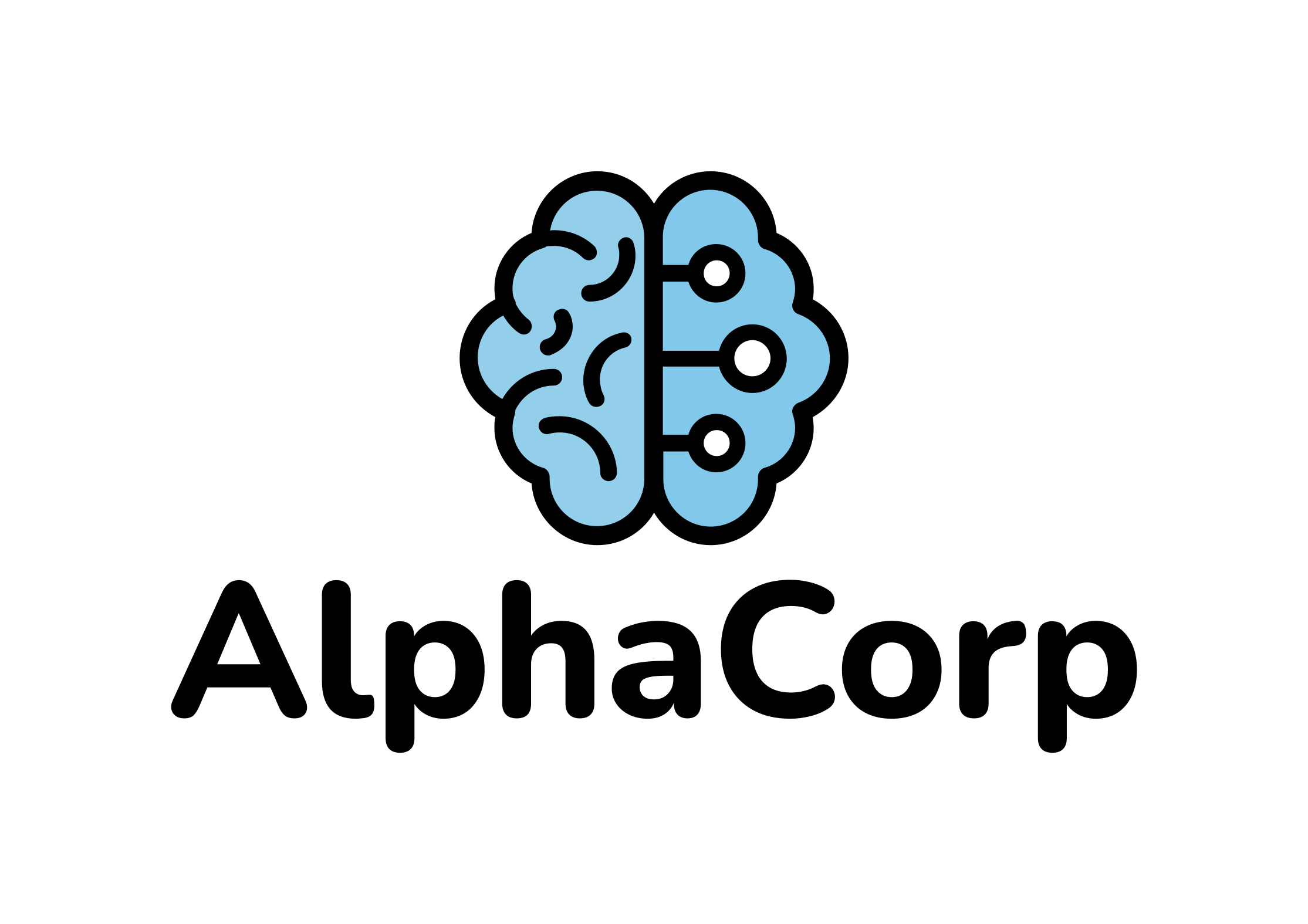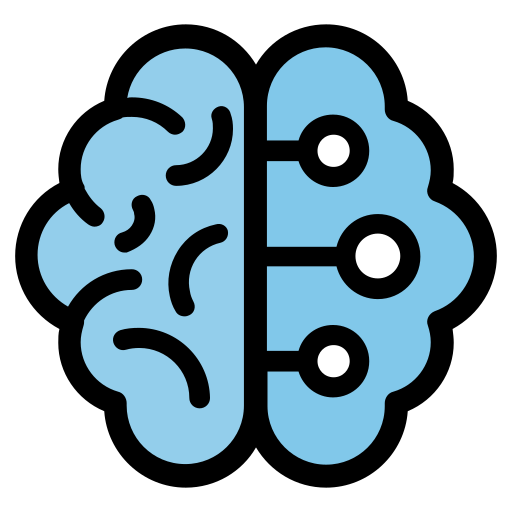With retrieval-augmented generation (RAG) now powering most enterprise AI assistants, the question isn’t whether to use RAG—it’s which RAG framework to build on. In late 2025, the market is crowded with competing libraries that promise agentic intelligence, graph reasoning, and production-grade performance. But with hundreds of new tools launching every quarter, choosing the right one is overwhelming.
This guide cuts through the noise. Based on cross-validated research from Forrester, AIMultiple, Microsoft Research, and others, we’ve identified the Top 5 RAG Frameworks (November 2025) that lead in production readiness, agentic maturity, and evaluation discipline. Each option is analyzed for strengths, limitations, and best-fit scenarios—so you can choose with confidence.
Quick Answer (TL;DR):
- 🥇 LangGraph – Best for complex, agentic RAG orchestration
- 🥈 Haystack – Best for measurable, auditable RAG pipelines
- 🥉 LangChain – Best for rapid prototyping and tool-rich experimentation
How We Selected These Top RAG Frameworks
Our ranking is grounded in independent, evidence-based analysis of the leading RAG frameworks used in production as of November 2025. We integrated findings from AIMultiple’s framework benchmarks, Sider.ai comparisons, DuploCloud’s production studies, and Microsoft Research’s GraphRAG evaluations.
Each framework was scored on six weighted criteria relevant to enterprise AI deployment:
- Production readiness (20%) – Stability, observability, checkpointing, human-in-the-loop (HITL), and streaming.
- Agentic maturity (20%) – Multi-step reasoning, tool routing, adaptive and corrective RAG.
- Evaluation ergonomics (15%) – Built-in metrics, A/B testing, and clarity of pipelines.
- Ecosystem breadth (15%) – Connectors, vector DB integrations, loaders, and governance tools.
- Graph-aware capability (15%) – Ability to integrate with GraphRAG and perform multi-hop reasoning.
- Cost and operational control (15%) – Flexibility for self-hosting vs. managed deployments.
What makes this list different is its enterprise-first lens—grounded in reproducible evidence, not vendor marketing. Every recommendation aligns with practical deployment realities and verified 2024-2025 benchmark data.
Comparison Table: Top RAG Frameworks (November 2025)
| Framework | Key Strength | Agentic Maturity | Graph-Aware Capability | Best For |
|---|---|---|---|---|
| LangGraph | Graph-based orchestration, checkpointing, HITL | ⭐⭐⭐⭐½ | ⭐⭐⭐⭐ | Complex, long-running assistants |
| Haystack | Explicit RAG pipelines with evaluation | ⭐⭐⭐ | ⭐⭐⭐ | Regulated, accuracy-critical domains |
| LangChain | Massive ecosystem and tool integrations | ⭐⭐⭐⭐ | ⭐⭐⭐ | Rapid prototyping and experiments |
| LlamaIndex | Advanced indexing and query engines | ⭐⭐⭐½ | ⭐⭐⭐½ | Retrieval-focused teams |
| Pathway | Streaming and operational deployment | ⭐⭐⭐ | ⭐⭐½ | Data-driven production pipelines |
1. LangGraph – Best for Complex, Agentic RAG Orchestration
LangGraph takes the top spot for 2025 thanks to its graph-based orchestration of agents—ideal for large-scale assistants that need human-in-the-loop controls, checkpointing, and adaptive retrieval flows.
Key Features
- Graph orchestration for multi-agent, multi-step workflows with state persistence
- Checkpointing and HITL support for controlled agent decision-making
- Streaming output and LangGraph Studio for observability and debugging
- Hybrid composition with LangChain retrievers and tools
- Supports Corrective (CRAG) and Adaptive RAG patterns for self-correcting retrievals
Pros
- Enterprise-grade orchestration for dynamic routing and tool selection
- Seamless integration with existing LangChain components
- Strong support for adaptive, multi-agent workflows
Cons
- Steeper learning curve than linear pipelines
- Overkill for simple, static RAG setups
Best For
Enterprises building complex, stateful assistants that combine tools, human oversight, and evolving retrieval logic—such as financial, operations, or compliance copilots.
2. Haystack – Best for Measurable, Auditable RAG Pipelines
Haystack ranks second for its transparent, testable RAG pipelines that emphasize accuracy, observability, and reproducibility—key for regulated industries.
Key Features
- Explicit DAG pipelines for indexing, retrieval, re-ranking, and generation
- Built-in evaluation nodes for RAG quality tracking
- BM25 + dense retrieval hybrid and cross-encoder re-ranking
- Strong observability and performance metrics out-of-the-box
Pros
- Measurable, reproducible RAG performance
- Clear pipeline structure—ideal for audits and debugging
- Strong hybrid retrieval and re-ranking support
Cons
- Smaller ecosystem than LangChain
- Limited native agent orchestration; requires external composition for GraphRAG
Best For
Organizations that prioritize accuracy, compliance, and transparency—such as legal research, policy Q&A, and regulated enterprise documentation systems.
3. LangChain – Best for Rapid Prototyping and Tool-Rich Agents
Still the most popular RAG toolkit by community size, LangChain excels at speed and flexibility. It’s the fastest way to prototype RAG pipelines and agent workflows before formalizing them in production.
Key Features
- Massive integration ecosystem: vector DBs, models, tools, data loaders
- Agentic RAG support with routing, function calling, and SQL generation
- Ideal for tool-rich assistants and experimentation
- Community templates and rapid iteration cycles
Pros
- Unmatched versatility for testing multiple vendors and retrieval setups
- Perfect for early-stage prototyping and proofs of concept
- Continuous innovation and community support
Cons
- Less structured than Haystack or LangGraph—requires governance discipline
- Evaluation and observability must be added externally
Best For
Startups and R&D teams that need to iterate quickly, test multiple retrieval strategies, and refine agent logic before scaling to production.
4. LlamaIndex – Best for Retrieval and Indexing Ergonomics
LlamaIndex focuses on high-quality document ingestion and retrieval, offering ergonomic indexing, query routing, and context compression for data-intensive RAG workloads.
Key Features
- Flexible indexing pipelines with wide data connectivity
- Query engines and routers for adaptive retrieval
- Built-in context compression and query fusion
- Supports agentic retrieval when needed
Pros
- Simplifies data preparation and retrieval quality control
- Fewer moving parts than agent-heavy frameworks
- Strong focus on maintainable indexing and query optimization
Cons
- Smaller ecosystem compared to LangChain
- Limited built-in evaluation tooling
Best For
Teams whose main challenge is retrieval quality and data ingestion, not complex agent orchestration—ideal for knowledge management and internal search platforms.
5. Pathway – Best for Streaming and Operational Deployment
Pathway earns its place for its deployment-first architecture, optimized for streaming data and operational pipelines. It’s a pragmatic choice for teams focused on speed to production.
Key Features
- Built-in vector options and ready-made RAG templates
- Streaming support for continuous data updates
- Seamless local or cloud deployment
- Emphasis on operational coherence and simplicity
Pros
- Strong operational tooling and deployment patterns
- Ideal for continuous or real-time data pipelines
- Reduces glue code and integration overhead
Cons
- Smaller community and fewer public benchmarks
- Limited native support for agentic or graph-aware behaviors
Best For
Platform teams and enterprises seeking low-maintenance RAG deployment with real-time data processing—perfect for operational dashboards or live knowledge applications.
How to Choose the Right RAG Framework
Selecting the best RAG framework depends on your use case, data complexity, and operational goals. Here’s a quick decision guide:
- Need strict accuracy and auditability? → Choose Haystack for its reproducible pipelines and evaluation nodes.
- Building complex, adaptive assistants? → Go with LangGraph for its agent orchestration and HITL capabilities.
- Prototyping fast or testing multiple tools? → Stick with LangChain for its vast ecosystem.
- Optimizing retrieval and data indexing? → Pick LlamaIndex to streamline ingestion and query quality.
- Focusing on deployment and streaming? → Use Pathway for its operational simplicity.
Pro Tip: Many teams combine these frameworks—e.g., LangChain for prototyping, LangGraph for orchestration, and Haystack for evaluation—to balance agility with control.
Frequently Asked Questions
What is a RAG framework?
A retrieval-augmented generation (RAG) framework combines document retrieval with text generation. It fetches relevant context from trusted data sources before letting an LLM answer a query—reducing hallucinations and improving factual accuracy.
Why are RAG frameworks critical in 2025?
According to Forrester’s 2025 analysis, RAG has become the default architecture for enterprise knowledge assistants. Frameworks now enable agentic orchestration, graph-aware retrieval (GraphRAG), and evaluation discipline, all essential for maintaining trust and accuracy at scale.
Which RAG framework is best for regulated industries?
Haystack is the top choice for regulated sectors. Its explicit pipelines, built-in evaluation, and strong observability make it easier to audit and validate AI outputs.
Can you combine multiple RAG frameworks?
Yes. Many enterprises use LangChain for experimentation and then migrate to LangGraph for production orchestration. Others pair Haystack with Microsoft’s GraphRAG for thematic question-answering and compliance.
What vector databases pair best with these frameworks?
Research from Firecrawl (2025) and Medium’s pgvector benchmarks suggests:
- pgvector for small to mid-scale workloads (<10 M vectors)
- Weaviate for native hybrid retrieval
- Pinecone or Milvus for massive, low-latency deployments
Conclusion
The Top 5 RAG Frameworks of November 2025—LangGraph, Haystack, LangChain, LlamaIndex, and Pathway—reflect how enterprise AI has matured beyond simple retrieval.
- LangGraph leads for agentic orchestration and long-running workflows.
- Haystack dominates in accuracy and evaluation for regulated use cases.
- LangChain remains unmatched for rapid experimentation.
- LlamaIndex simplifies retrieval and indexing.
- Pathway streamlines deployment and streaming data integration.
Whichever path you choose, combine your framework with robust evaluation tools like RAGAS or DeepEval and adopt trust-UX patterns (citations and confidence scores) to sustain user trust.
Next step: start small—prototype with LangChain or LlamaIndex, then graduate to LangGraph or Haystack when you’re ready for production-grade RAG. The future of enterprise copilots is hybrid, and these frameworks make that future real.

